Getting a driver’s license in Japan the hard way — Part 5: The second written test
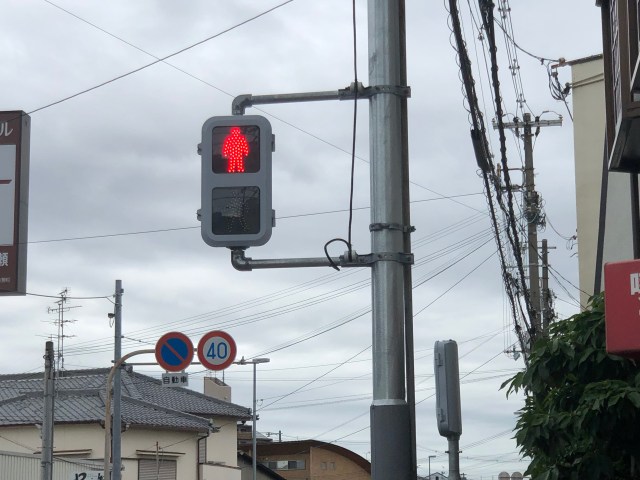
Once written, twice shy.
Last November I embarked on the process of getting a Japanese driver’s license from scratch. This means I did not convert a license from another country, nor did I attend any driving school. I simply went to the nearest police department that handles license issuing by myself and applied to take the necessary tests.
With driving schools charging in the neighborhood of 200,000 yen (US$1,488) this is by far a cheaper option. However, it is also notoriously hard, with Japan often ranking among the most difficult countries to get a license and most Japanese people telling me it was pretty much impossible.
Having gone through the first paper test and driving test, I could finally see firsthand that it really did live up to the infamy. Although I was able to clear the first paper test on the first attempt, the driving test proved much more difficult and required four tries, though I’m told that was still pretty good compared to others. “Seven times” is a number that I often hear people say that it takes.
● On the road again
But now that it was all done, I was awarded the privilege of having to do both tests one more time before I could get a license, but first I was to take my learner’s permit and hit the Japanese road for the first time.
▼ I grow up so fast, don’t I…
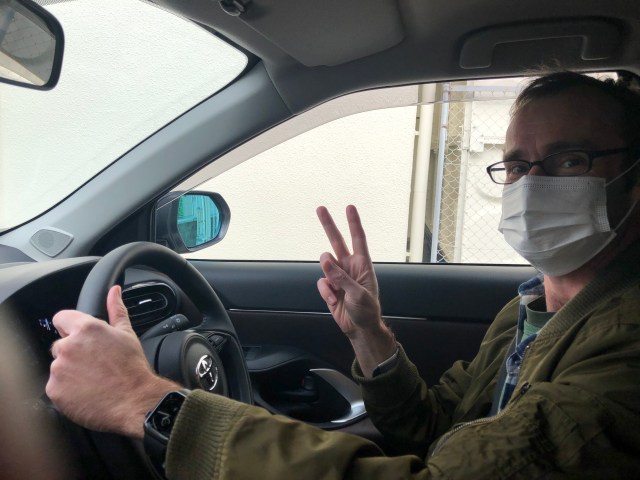
Before attempting the next tests, everyone is required to do 10 hours of road practice, broken up into five two-hour sessions. You can drive anywhere you want and practice however you want, but you must be accompanied by a driver who has had a license for at least three years. They must also sign a sheet proving that the two hours of practice was done.
This might be a hurdle if you don’t happen to have a friend of family member willing to let you drive their car, but another option is to use a driving tutor, a cheaper alternative to a full-fledged driving school, and there even are a few around who cater to people from other countries.
▼ You’re given a paper to fill out and return when you take the next tests
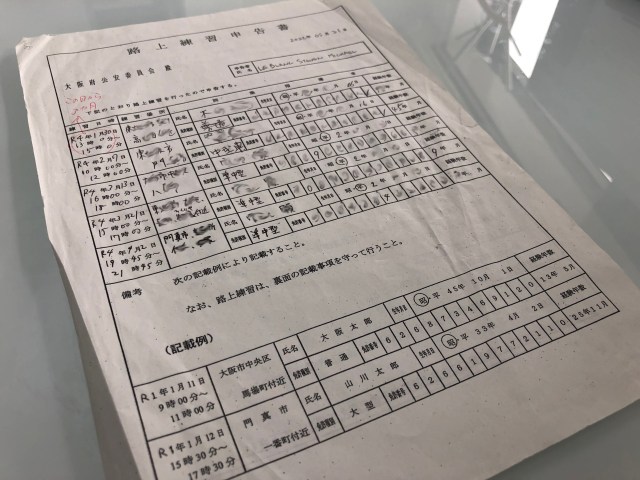
A little devil on your shoulder might whisper that you could just fast track things by getting someone to sign the paper without actually putting in the time. However, you’d really only be cheating yourself because being able to drive on the roads is one thing, but doing all the very specific tasks required by a Japanese driving examiner on the roads is a whole other ballgame, so it really pays to practice.
I definitely found the time useful, and I actually noticed that a lot of the little tricks that I had to master on the closed course came in handy in real life. For instance, the examiner will fail you quickly if you don’t move your car right up to the curb before making a left turn. On real roads this actually was a good technique that blocked out all the bikes and scooters so I could turn more comfortably without worrying about them getting all up in my blind spot.
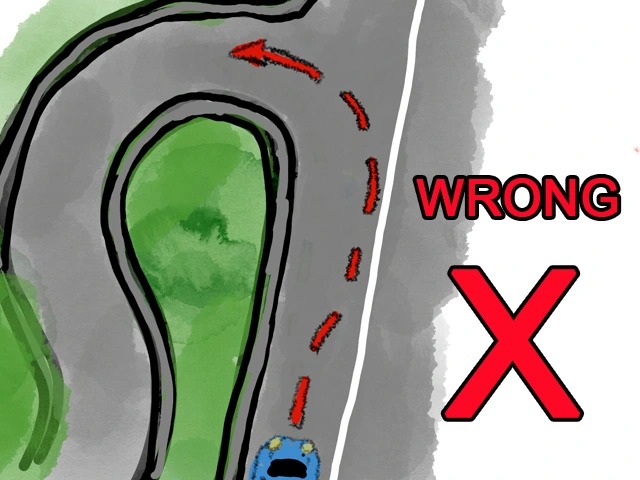
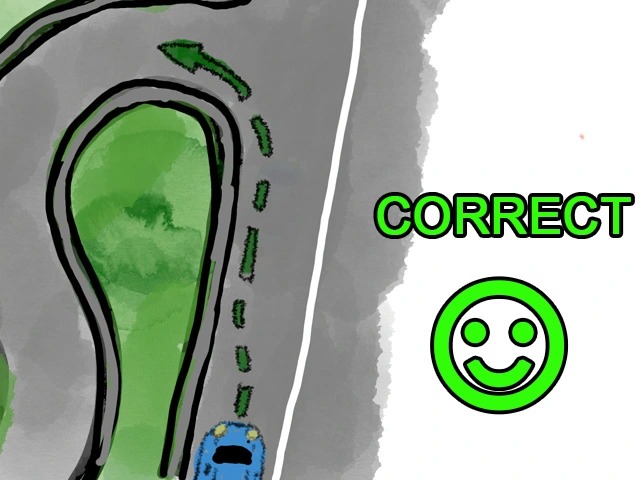
In addition, the trick to clear the perilous S-curve by lining up the curb with the side view mirror came in extremely handy throughout the very narrow turn in the side streets that I often drove through.
▼ When you see this alignment out your side window, start cranking the wheel all the way left
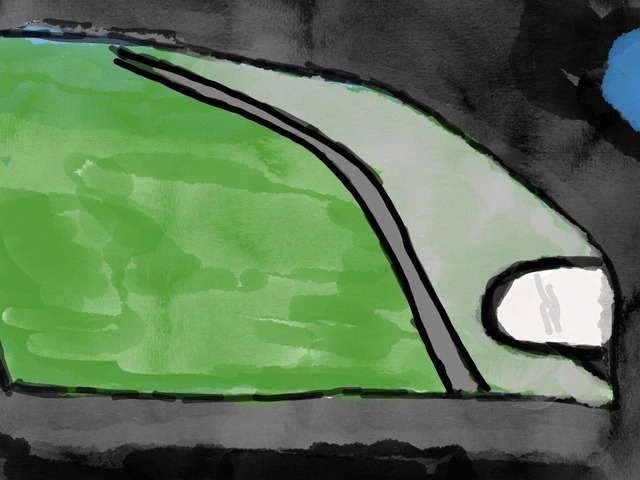
Still, 10 hours is a lot, and combined with some close-contact COVID-19 scares it took about three months to do it all. After that I had to reserve my next paper test. I guess I was spoiled in getting a spot the following week when I reserved my first test, because much to my surprise the soonest I could get in for the next test was two months later.
So, needless to say it’s probably a better strategy to book the test first and then do all the driving practice while you wait. This is especially true because by the time my test date finally did roll around, my initial driving practices had become over three months old, and were considered invalid. This meant I would have to do it all over again.
▼ Really though, it’s probably not a bad idea to get more practice in anyway, so that’s not much of a setback

● Lose yourself in translation
I wasn’t expecting much for the second paper test. I did fine the first time, and figured this was pretty much more of the same. The main difference was that this time there were 95 questions instead of 50, but I still needed 90 percent to pass. On top of that, this time there were questions with illustrations where you have to answer the best course of action in a particular driving scenario. These questions are worth two points each but just follow the same principles of defensive driving applied to real situations.
Still, having tasted failure more times that I’d care to with the previous driving test, I didn’t take anything for granted and studied my butt off in the weeks leading up to the exam. One the bigger problems of the first written test was that even though it was offered in English, the translations were a little off, which made me constantly second-guess if what I was reading was what they really meant.
I came up with a good way to study by taking one of the many Japanese websites with collections of sample questions and running the entire site through Google Translate. This simulates the slightly off translations you might expect to encounter on the real test. Truth be told, the English I encountered on the test was no where near as mangled as what Google Translate occasionally spat out, but that’s OK. You can think of it like training by running in sand, and if you can handle these questions then you should be able to handle whatever the real test throws your way.
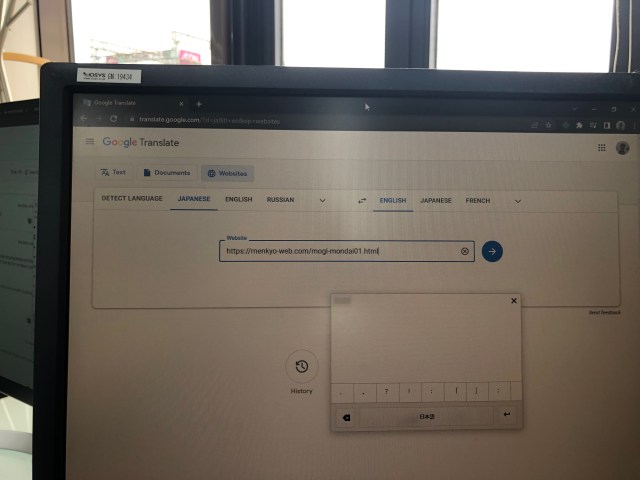
A lot of these websites curate questions submitted by people who took past tests, so more importantly than simply learning the information, this kind of studying helps you to get into the rhythm of how the test is written and what kind of questions it tends to ask. Google Translate also allows you to click back and forth between Japanese and English easily so you can compare with the original questions as you go.
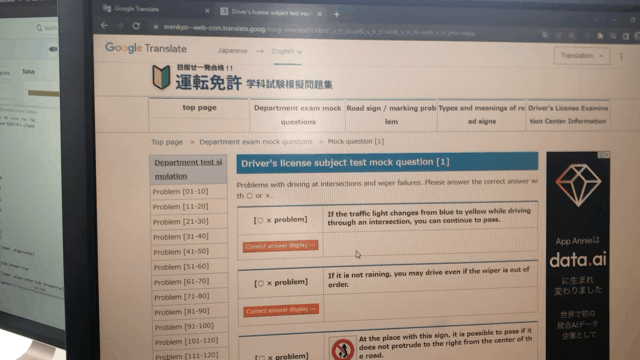
I probably burned through about 2,000 practice questions leading up to the test, and it got to the point where I wasn’t really reading the questions, but just identifying them as “the one about parking distance from a crosswalk” or “overtaking on an upward slope.” In that way, it didn’t matter as much how the questions was worded as long as I knew what it was basically about and what the correct answer was.
And of course in the process of studying I learned quite a lot of surprising little things too. For instance, in Japan – for the purposes of this test at least – even automatic cars should always use engine braking when going down long slopes, before using the regular brakes. Although standard practice for truck drivers and manual car drivers, a lot of automatic car drivers might not be familiar with engine braking, but it’s the act of dropping the gear down to “L” or “1” rather than the standard gear of “D.” This will help the car maintain a slower speed without relying on the brake pedal too much.
Even though my hometown has several very long downhill slopes in the middle of the city, I was never taught this in driving school there, and nobody I knew there ever did this in automatic cars. However, in Japan this is not just a recommended technique, it’s an absolute must in order to answer the question right on this test.
▼ Here’s a very enthusiastic explanation about engine braking in an automatic car if you’d like to learn more.
Nevertheless, by the time the test came, I felt like I knew all there was to know about driving a car in Japan, and when I was told that I had failed, I realized that that was my problem.
I scored 84 percent, which wasn’t that bad really, but still painfully short of the 90 percent threshold. It turned out that I had spent so much time studying on how to drive a car for this test to get a license to drive a car, that I had overlooked things like how to drive a motorcycle or big rig…while preparing for this test on how to drive a car.
● When is a No Right Turn Sign not a No Right Turn Sign?
They way it seemed to me, about 90 percent of the test was important things about traffic rules and driving cars. Another 10 percent covered vehicles like mopeds, tractors, motorcycles, and trucks. In other words, it is conceivable to pass without learning all that stuff, but you also have to consider the roughly 10 percent of questions among those that are intentionally difficult.
For example, one true-or-false question said that you when turning left you should immediately move the car close to the curb. As I mentioned earlier, that is essentially true, but the word “immediately” is very much open to interpretation – from “not dawdling” to “swerving in like a maniac” – especially when it’s translated from Japanese to English.
Another question said that I should “keep a modest distance” to the vehicle in front of me. At first glance, I would read “modest” to mean “small,” and so the question would be false because that’s too close. However, imagining what Japanese word it was likely translated from, I would assume that it meant something more along the lines of “appropriate,” making the question true.
And then there’s this goddam sign below that appeared on the test every single time I took it. The question reads that this is a “No Right Turn Sign” and you are supposed to say if that is true or false.
▼ I would provide a photograph of one, but I’ve never actually seen one of these in real life in my area, so here’s a drawing
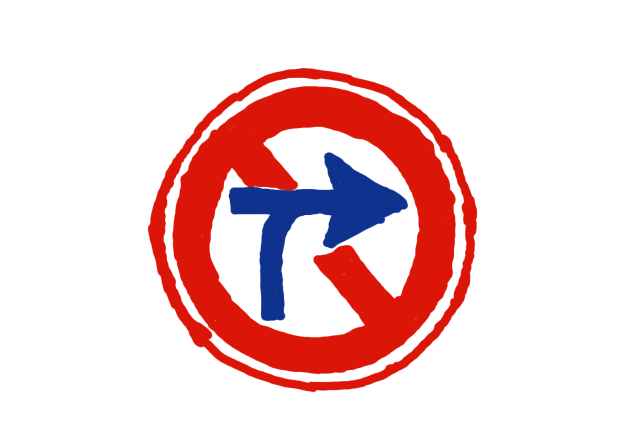
Just by looking at it, you’d probably be inclined to say “true.” However, if you’re burnt out from studying a whole bunch of books and websites like I was, you’d probably say, “Wait a minute?!”
That’s because, technically speaking, there are no “No Right Turn” signs in Japan. The sign above is called a “No Crossing Sign” and is probably found along wider and busy streets, indicating that you cannot cross the lanes of oncoming traffic in order to enter a shop or other place whose entrance is located on the side of the road. Of course, you can’t cross the lanes without turning right first, so the actions are essentially one in the same, but on a test like this these kinds of subtle distinctions can mean everything.
By the way, these signs are likely not found at intersections. Instead you’ll see a sign that looks like the one pictured below. This isn’t a “No Right Turn” sign either though. It a “Straight and Left Turn Only” sign.
▼ I never knew traffic signs could be passive-aggressive.
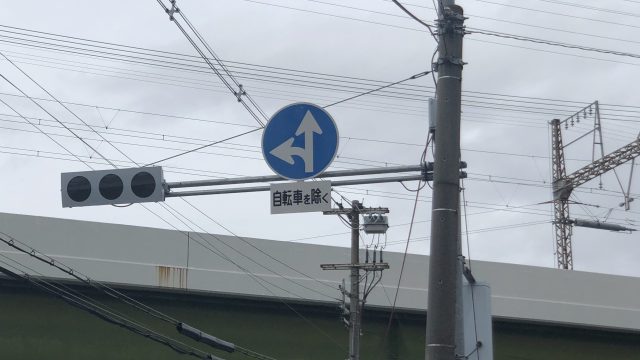
Every time I came across that question I think I answered it differently, and even now I still don’t know what the correct answer is supposed to be. Whenever I encountered that sign on Japanese practice questions the wording was completely different, so I’m not sure how to check it either.
So, with these kinds of ambiguities floating around, I decided to play it safe and just learn all there is to know about motorcycles, tractors, and all that other stuff as well. In the week between tests I did about another 1,000 questions with a renewed focus on these areas, and was beginning to feel a lot more confident that I could pass.
For example, if you don’t know offhand that in Japan when towing a broken down vehicle that’s under 2,000 kilograms (4,409 pounds) with a vehicle three times its weight, the speed limit is 40 kilometers (25 miles) per hour , but when towing another vehicle with a two-wheeled vehicle equipped with a 125-cubic-centimeter engine or less, then the speed limit is 25 kilometers per hour… Well, I’m not going say you’ll fail, but it strongly indicates that you’re not as prepared for this test as you should be.
● C.R.E.A.M.
The following week I returned to the test center and approached the counter to pay the fee of 2,550 yen (US$18.97)…only to find that I had just 2500 yen ($18.60) in cash on me. These places don’t accept credit cards or any form of digital payment either, and also tend to be really inconveniently located far away from anything useful. Considering their intended purpose, it does kind of seem like a cruel joke.
With very little time to spare before the test, my only choice was to run about a kilometer to a Mini Stop convenience store and ask the guy at the counter if I could buy three bottles of water with my smartphone wallet app and then just return one to get about 100 yen back in cash. He refused, effectively shutting down my only chance of taking the test that day, and thus making a very powerful enemy in one of the leading English-language writers on the subject of Japanese convenience stores.
▼ By the way, on that same day Lawson gave me a coupon for a free bottle of Mitsuya Cider. It’s just that kind of customer service that makes them one of my favorite convenience stores.
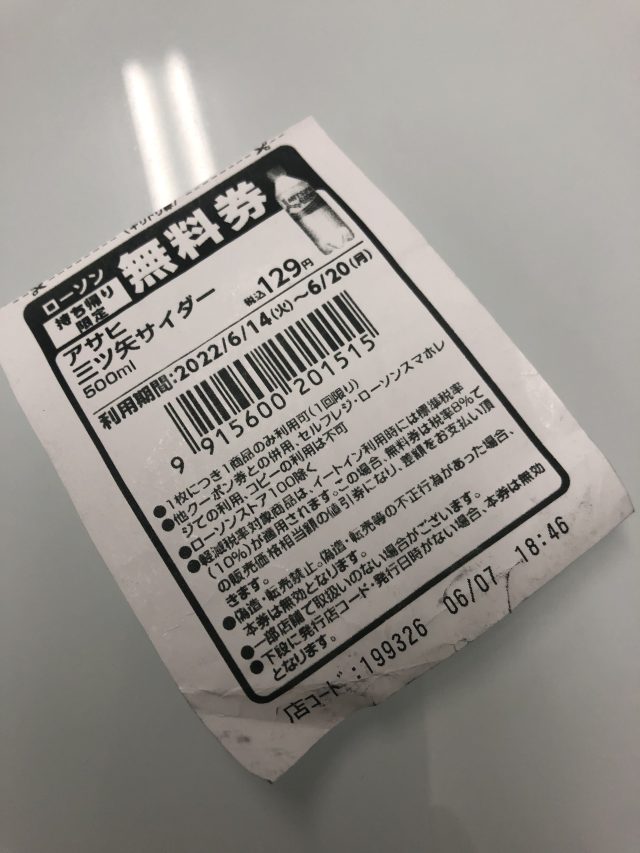
Luckily, the staff at the license center let me take the test the very next day. In cases like mine, where I have a learner’s permit expiring in the relatively near future, they speed up the reservation process considerably after the first attempt so you can get as many chances as possible. However, it’s important to make your situation very clear to them or they might just try to tell you to go and make a reservation online and wait another two months.
The next day I returned with the right amount of cash to take the test, and much to my relief I passed. They didn’t tell me my score when I passed but I can say with near certainty that it was studying all the motorcycle, towing, moped, and tractor rules that pushed me over the top. I suppose a religious person might say that my one-day delay was the act of a higher power, giving me a little more study time to pass. I, however, am not a religious person, which is also why I’m not very good at forgiveness.
▼ By the way, afterward I celebrated with a nice bottle of sake from 7-Eleven, which often has a very rich and diverse selection of beverages. Though, Lawson, Family Mart, and Daily Yamazaki are all great too.
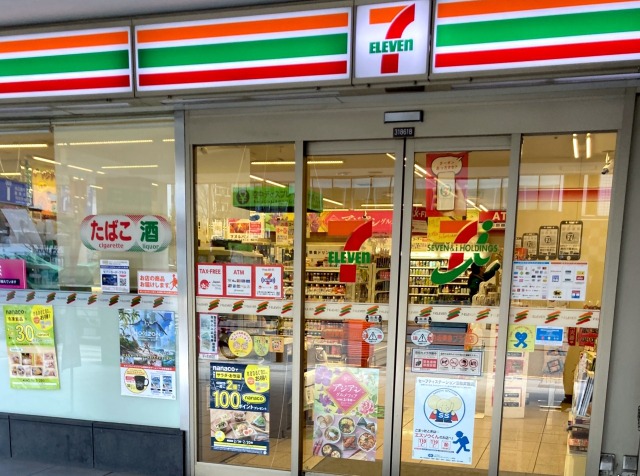
This leaves just the one final driving test that stands between me and a Japanese driver’s license. They say it’s easier than the first driving test, but one thing I have come to learn from this entire ordeal is to take absolutely nothing for granted.
On top of it all, we have a ticking clock in the form of my learner’s permit expiring in little over a month, so stay tuned for the thrilling conclusion to this saga one way or another sometime next month!
Images: ©SoraNews24
● Want to hear about SoraNews24’s latest articles as soon as they’re published? Follow us on Facebook and Twitter!
Getting a Driver’s License in Japan the Hard Way
Part 1 – The written test
Part 2 – The first driving test
Part 3 – The first driving test again
Part 4 – The first driving test a few more times
Credit:

0 comments:
Post a Comment